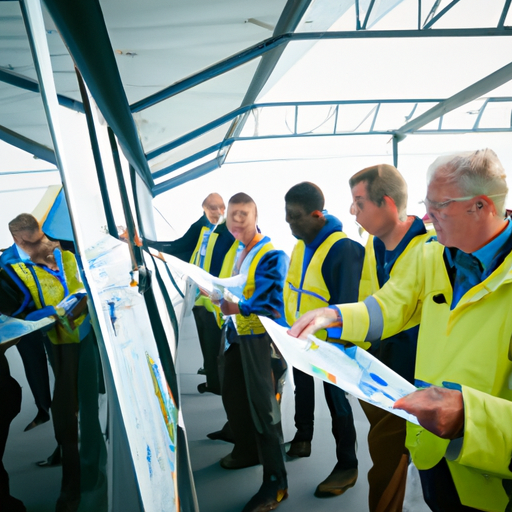In recent years, community-based renewable energy projects have gained significant momentum as communities seek sustainable solutions to their energy needs. These projects enable local populations to produce, manage, and benefit from renewable energy sources such as solar energy and wind energy. As we face the urgency of climate change and the need for sustainable development, these initiatives present a promising path to a greener future.
What are Community-Based Renewable Energy Projects?
Community-based renewable energy projects are initiatives that are developed and managed by local communities. They often involve the installation of renewable energy systems such as solar panels or wind turbines, allowing residents to generate their own electricity. These projects can be designed to meet local energy needs and can provide financial savings, energy independence, and reduced carbon emissions.
Benefits of Community-Based Renewable Energy
- Local Economic Development: These projects create jobs and stimulate local economies, often involving local labor and materials.
- Enhanced Energy Security: By generating energy locally, communities can reduce their dependence on external energy sources, providing stability and resilience.
- Environmental Impact: Community projects contribute to lowering greenhouse gas emissions and promoting cleaner air, benefiting both local communities and the planet.
Case Studies of Successful Projects
One exemplary project is the Collingwood Community Energy in Ontario, Canada, where residents banded together to establish a community wind farm. This project not only provides clean energy but also reinvests profits into local community programs.
Similarly, in the UK, the bigger, better energy model showcases how local solar cooperatives have enabled citizens to collectively invest in solar energy systems, reducing energy bills and carbon footprints for those involved.
How to Get Involved
Communities looking to start their own renewable energy projects can begin by assessing local resources and partnering with renewable energy organizations. It’s vital to engage local stakeholders and ensure broad community participation for the project’s success.
Conclusion
As climate challenges persist, community-based renewable energy projects emerge as a viable solution that empowers local populations to take charge of their energy future. By investing in sustainable energy solutions, communities can secure a cleaner, more resilient environment for generations to come.
If you’re interested in exploring renewable energy options for your community, consider reaching out to local energy cooperatives, non-profits, or government resources that can provide guidance.
Join the movement towards sustainable energy solutions today!




